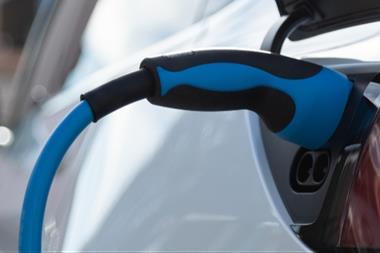February ended three consecutive months of petrol and diesel price increases with 2ppl coming off the average price of both fuels during the course of the month, data from RAC Fuel Watch reveals.
The average price of unleaded dropped to 120.14ppl from 122.34ppl and diesel to 122.86ppl from 125.08ppl following two cuts from supermarkets.
The RAC also highlighted cases of local fuel price wars, where supermarkets are selling fuel at loss in a bid to win customers to their stores. For instance, in Taunton, Somerset, three supermarkets have been trying to outdo each other to attract drivers, leading to prices as low as 108.7ppl for unleaded on Tuesday 6 March.
The reduction in overall prices reflected the falling prices on the wholesale market, which was triggered by a fall in the oil price. The cost of a barrel of Brent crude ended February 4% lower than at the start at $65.66 having dropped to a near three-month low of $61.46 in the middle of the month.
The fall in the oil price was caused by both an unexpected increase in fuel stocks in the US and reopening of the Forties oil pipeline in the North Sea, which had been closed for unplanned maintenance. With it open again, nearly half a billion extra barrels of oil a day are made available to the market.
RAC fuel spokesman Simon Williams said: “After a succession of fuel price rises taking petrol to its highest level in three years in January, motorists finally saw a reversal of fortune in February as a result of a lower oil price which made some significant cuts at the pumps possible.
“We commended the supermarkets for responding swiftly to our calls for pump price reductions, not least because we know what impact their pricing can have on other fuel retailers. But we do understand how much harder it can be for smaller retailers who don’t buy as frequently as the supermarkets to cut their prices as a result of sudden or short-term wholesale price changes. However, we are aware of some smaller retailers who pride themselves on having very low prices.
“The question is what happens to prices next. While the pound has weakened a little against the dollar – which is important as fuel is traded in dollars – the oil price remains around $65. This has created some downward pressure on wholesale petrol and diesel prices. Whether this means there is scope for another forecourt price cut in the next few weeks remains to be seen and is something we will monitor extremely closely.”






























No comments yet